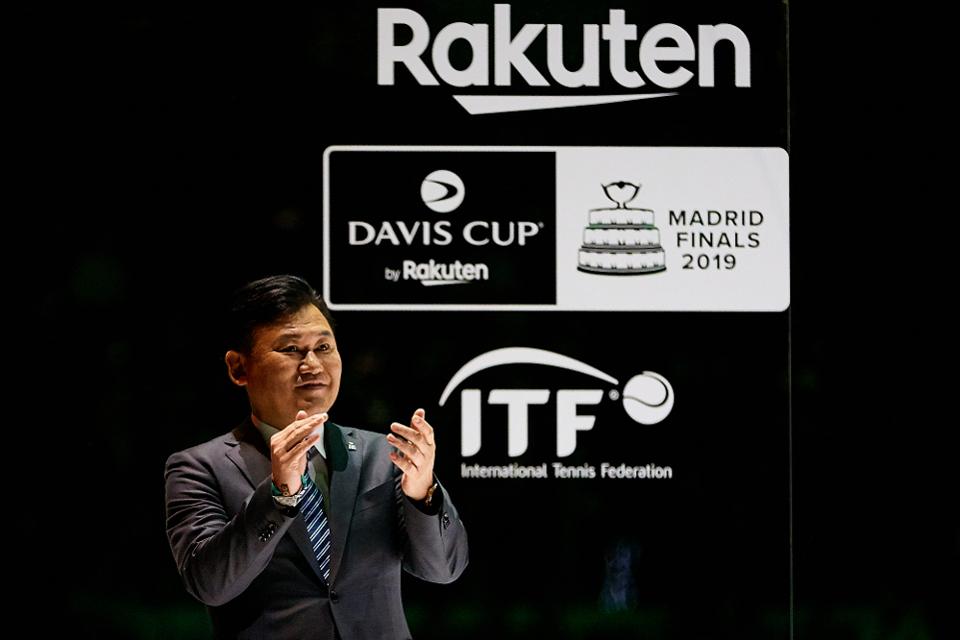It’s a giant in Japan. Rakuten dwarfs its e-commerce competition and is considered Japan’s counterpart to Amazon.
In the U.S., Rakuten’s footprint is considerably smaller. For a look at the firm’s U.S. marketing strategy, I recently asked Trever Gregory, VP marketing at Rakuten Rewards to fill us in.
Paul Talbot: Rakuten is the largest e-commerce site in Japan. What’s been happening to try and achieve similar scale here in the U.S.?
Trever Gregory: We had the unique advantage of building Rakuten from rebranding Ebates, which was a beloved 20-year old business. When we started the transition at the beginning of 2019, the Cash Back business already had over 12 million members.
We made considerable investments in 2019 in consumer marketing. With over 14 billion impressions across a diversified media plan, it would have been tough for our target market to miss our campaigns.
By now you’ve likely experienced the Rakuten brand via TV, digital video, social media, digital sponsorships, sports marketing, PR, branded content, podcast, radio, social media influencers, our partnerships with American Express or Live Nation or myriad other places.
In addition, our global & U.S. sports marketing teams did a fantastic job of introducing Rakuten in the U.S. through our partnerships with FC Barcelona, the Golden State Warriors, the National Basketball Association and Stephen Curry. Our sports marketing efforts provided a head start with brand recognition across multiple demographics.
Read Also: Kenyan Science Teacher Peter Tabichi Wins $1million
Talbot: What is the most effective way for you to communicate the benefit of ‘Shop at Over 3500 Stores and Get Cash Back?’
Gregory: It really depends on the medium.
We try to keep it concise with phrases like “Get Cash Back At Your Favorite Stores” or “Get Cash Back On Everything You Buy.” Generally, we like to use straight-forward mnemonic wording to maximize our campaigns’ impact.
We saw strong response from the ‘Racking Up Cash Back With Rakuten’ messaging early in our rebrand.
In our most recent campaigns, we incorporated a new tagline—“Get Cash Back. Rack it up with Rakuten”—to improve brand recall while reinforcing our value proposition.
Talbot: What was involved in the rebranding of Ebates? How has the process gone?
Gregory: For Ebates to fulfill its potential and our corporate parent to execute on its vision for the United States market, it made sense to integrate the two brands. And so Ebates became Rakuten in 2019.
As recently as February (2019), people couldn’t say the Rakuten name. Since then Rakuten has gained 60 points of brand awareness and more than 10 million new members.
Ebates was a 20-year old brand beloved by its members and well known by consumers. To successfully rebrand, we knew that we needed to accomplish two things:
1. Build brand awareness and new member acquisition.
2. Effectively inform and transition our existing members.
Building new brand awareness and acquisition programs presented complex challenges. We were tasked with introducing and explaining the Rakuten brand, educating consumers that Ebates was becoming Rakuten, and—on top of that—driving new consumer acquisition.
To realize the vision, we mapped out the rebrand in multiple phases. This made it easier to measure our progress, react appropriately, and remain excited. Each phase was composed of different objectives, creative campaigns and media strategies that built off each other, which allowed us to simultaneously tackle multiple objectives.
Migrating existing members was a very feedback- and data-driven process. Through effective segmentation, deliberate communications and exciting incentives, we successfully migrated our entire database with an extremely high retention rate.
Talbot: You compete against formidable marketers including Amazon and eBay. How does your strategy address this and guide your marketing investments?
Gregory: We have to be extremely strategic and resourceful. Rakuten is large enough to make very big moves, but we’re also nimble and smart enough to constantly refine our messaging and plans to best communicate with our desired audience.
A blend of acquisition and brand marketing is key to achieving our quantitative goals, while reaching consumers on an emotional level that should pay off with long-term positive benefits.
Talbot: Any other observations you would care to share?
Gregory: You can’t underestimate the need to shift internal mindsets. We had to take a thoughtful approach to converting our 700+ employees from Ebates people to Rakuten boosters.
FORBES

